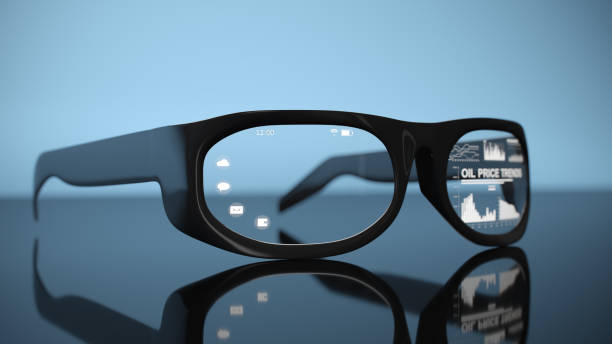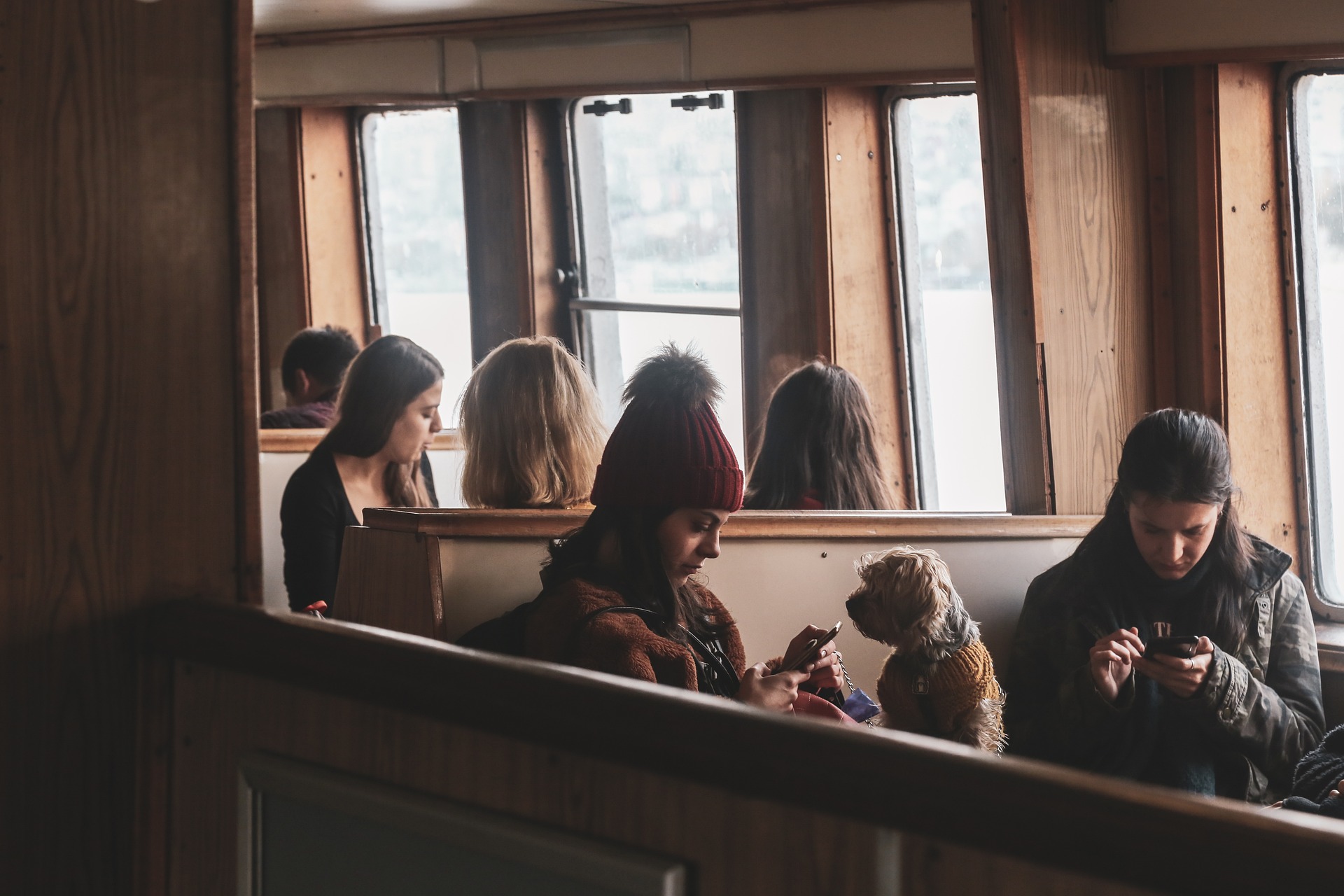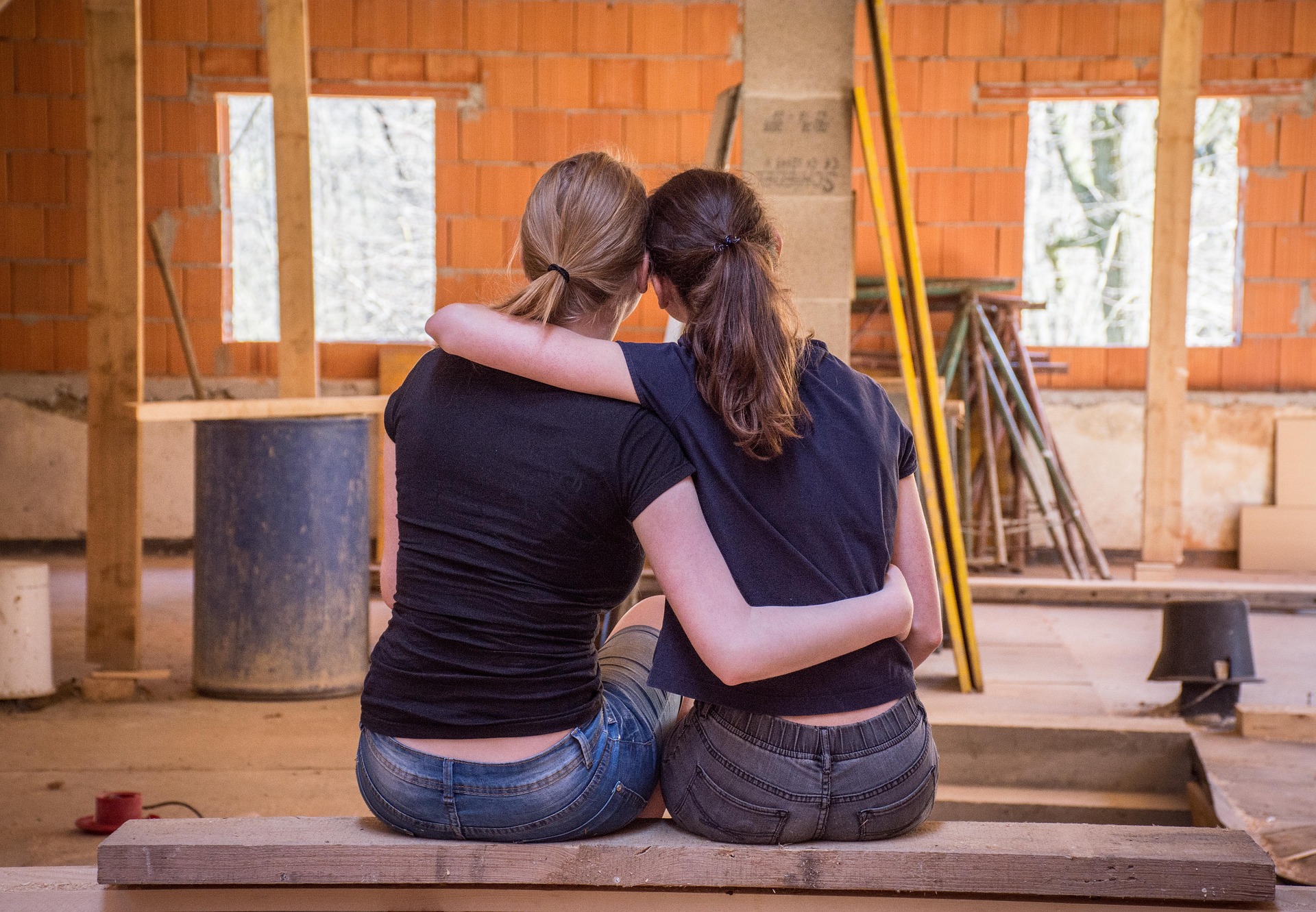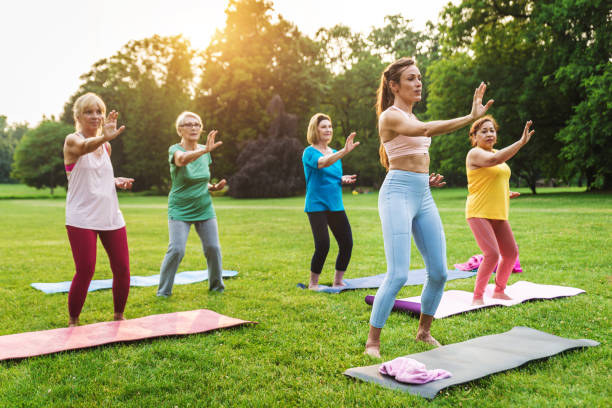Dancing Through Time: A Look at the Evolution of Dance in Modern Cinema
Introduction: Witness a captivating journey through the rhythm and movement of dance as it has evolved on the silver screen. This article delves into the shifting trends in dance representation within modern cinema, touching upon the historical context, current updates, and the impact of these changes on the entertainment industry.
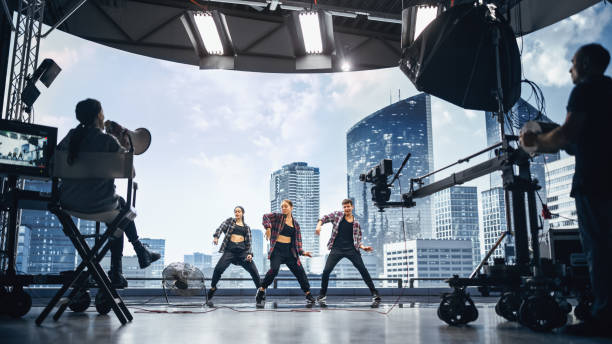
The Early Steps: Historical Context of Dance in Film
The inception of dance in cinema can be traced back to the advent of sound in films, with the early 1920s marking the beginning of the musical era. Movies like The Jazz Singer (1927) introduced audiences to synchronized singing and dancing, paving the way for a new genre of entertainment. From the elegant swirls of Fred Astaire and Ginger Rogers in the 1930s to the iconic twist scene of Pulp Fiction (1994), dance has always been an integral part of cinematic storytelling.
The Current Beat: Dance in Today’s Cinema
Fast-forward to the present day, and dance in cinema has evolved from a mere spectacle to an expressive tool that transcends cultural boundaries. Contemporary films like Black Swan (2010) and La La Land (2016) have utilized dance to portray complex emotions and narratives. Furthermore, the rise of international dance films, such as the Step Up series, has brought global dance forms to the forefront, showcasing the diversity and universality of movement.
Making an Impact: Dance Films and Cultural Influence
The representation of dance in cinema has also significantly impacted popular culture. Hit films have often led to dance crazes, such as the Macarena from Dance With Me (1998) and the Jai Ho dance from Slumdog Millionaire (2008). Moreover, dance films have contributed to the growth of dance as a respected art form, encouraging more people to engage with dance, both as viewers and performers.
The Rhythm of Reception: Audience Reaction to Dance Films
Audiences worldwide have embraced the evolution of dance in cinema, as evidenced by the box-office success and critical acclaim of many dance films. These movies resonate with viewers, offering them a chance to experience different cultures, stories, and emotions through the universal language of dance.
The Future Choreography: Predictions for Dance in Cinema
Looking forward, the dance genre in cinema is set to continue its evolution. With advancements in technology, filmmakers can now create even more immersive and innovative dance sequences. At the same time, the increasing interest in global dance forms suggests a future where dance in cinema is even more diverse and inclusive.
In conclusion, the evolution of dance in modern cinema is a fascinating study of artistic expression, cultural influence, and audience reception. It serves as a testament to the power of dance to captivate audiences, challenge boundaries, and tell compelling stories. As we continue to watch this evolution unfold, one thing is certain: dance will remain a vital part of the cinematic experience, moving us in more ways than one.
